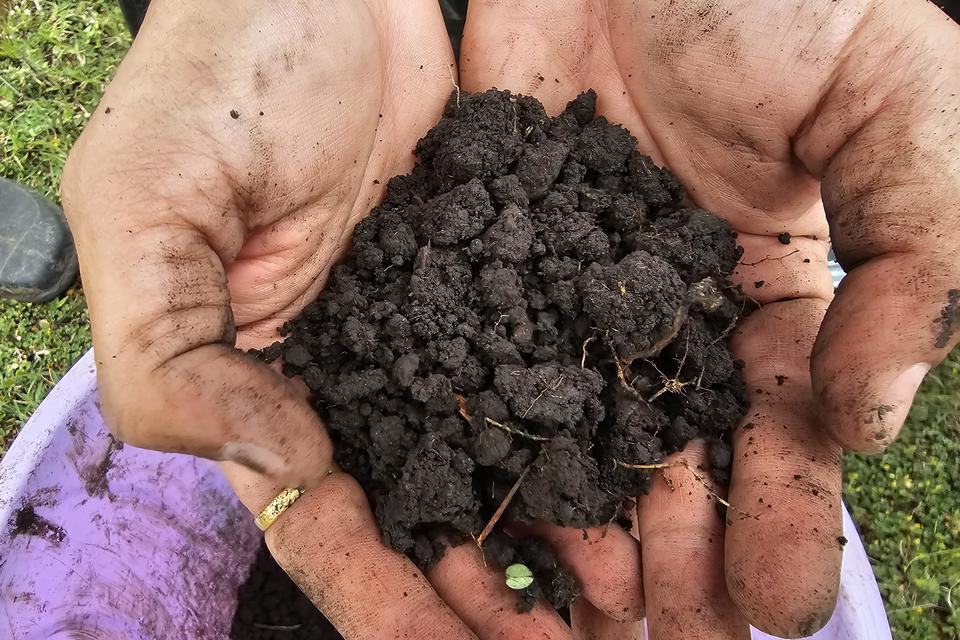Understanding Soil Biodiversity
- From
-
Published on
04.09.24
- Impact Area

What is soil biodiversity?
Soil biodiversity is the variety of life forms found in the soil. This includes organisms such as bacteria, fungi, insects, earthworms, mites, nematodes, and plant roots. These organisms interact with each other and their environment to form a complex ecosystem that is crucial for soil health and plant productivity.
What are the different aspects of soil biodiversity?
Some of the key areas of soil biodiversity include the microorganisms which are the bacteria, fungi and actinomycetes. These are the most abundant microorganisms in soil and are crucial for various functions such as the decomposition of organic matter, the recycling of nutrients and the formation of symbiotic relationships with plants.
The mesofauna and macrofauna are the larger organisms found in soil such as ants, beetles and earthworms. These help in soil aeration, breaking down organic material and recycling nutrients.
Plant roots are also important as they influence soil structure and nutrient availability, and provide food and habitat for numerous soil organisms.
Related news
-

Accelerating wheat breeding, from Toluca in Mexico to the world
CGIAR Initiative on Breeding Resources12.11.25-
Climate adaptation & mitigation
-
Nutrition, health & food security
In Mexico, a project has been completed to develop new elite parental lines of wheat…
Read more -
-

Next-gen rice lines top check varieties at 7.5 t/ha in ESA
International Rice Research Institute (IRRI)11.11.25-
Food security
MOROGORO, Tanzania (8 October 2025) — Elite rice lines are outperforming the current popular varie…
Read more -
-

QTL Profiling Now Live on EBS
International Rice Research Institute (IRRI)11.11.25-
Food security
QTL profiling is now integrated into the EBS Platform’s MDA module. Teams across CGIAR research…
Read more -
